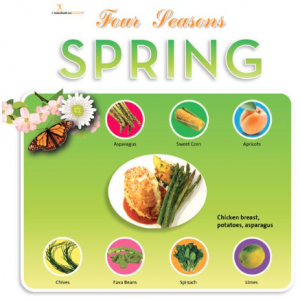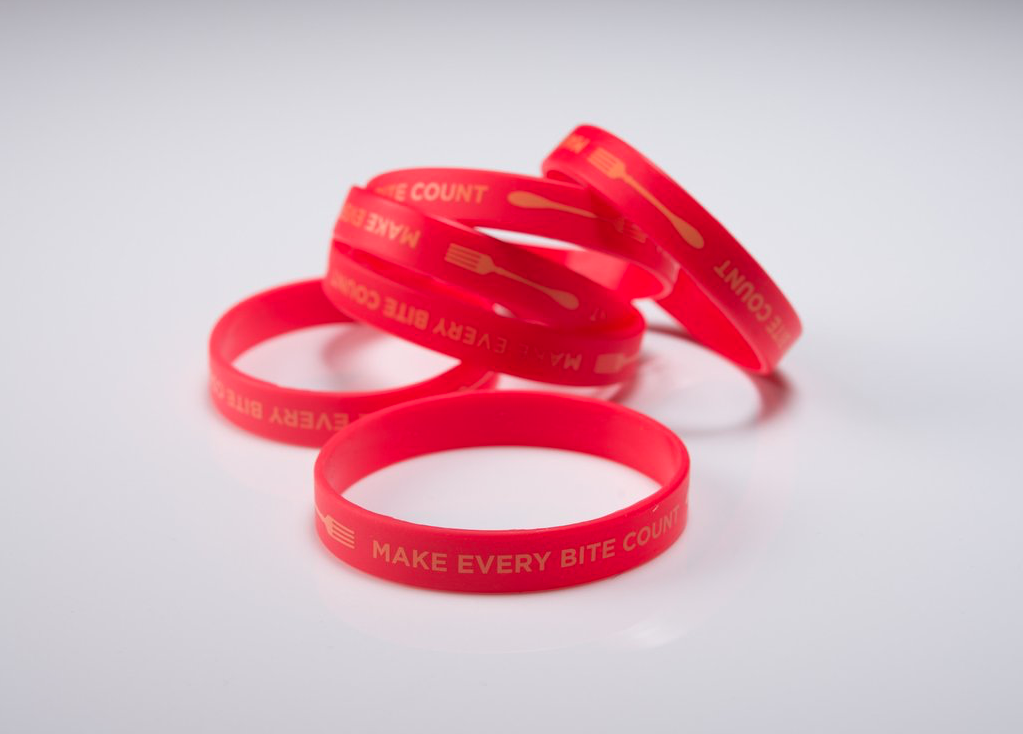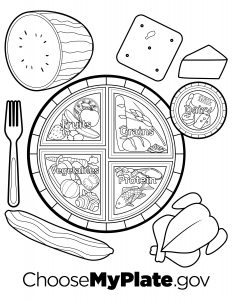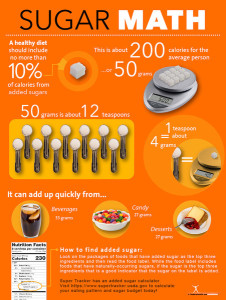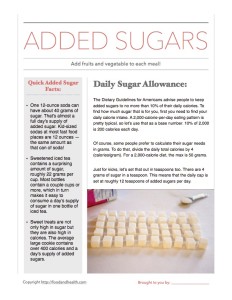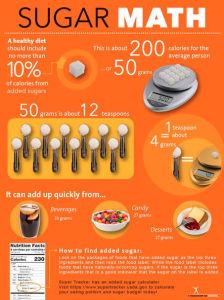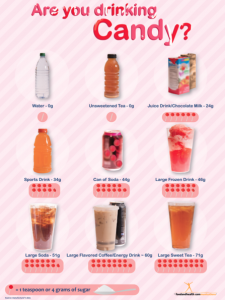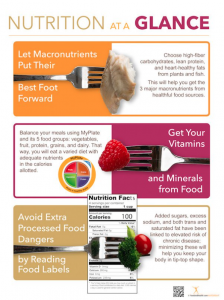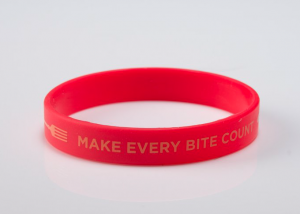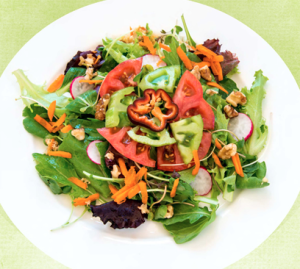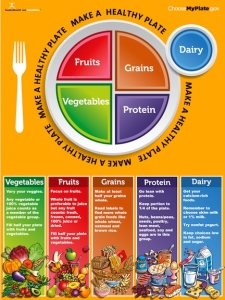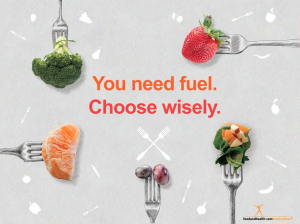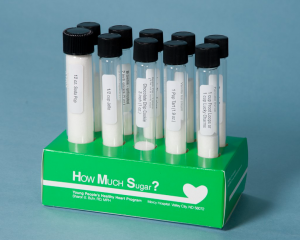Look at any popular magazine these days and you’ll find at least one diet that bashes grains. Whether it’s Paleo, the Military diet, or the “whole 30”, someone, somewhere is out there trying to get you to eat a bun-less sandwich. But what they may not realize is that anti-carb diets are a thing of the past.
Grains are back, and for good reason.
A recent study from Tufts published in the American Journal of Clinical Nutrition found that subjects consuming whole grains over refined grains burned more calories and absorbed fewer calories overall. In addition, glucose tolerance was improved in whole grain consumers.1 Other studies have shown lower rates of obesity and cancer in individuals eating a diet containing whole grains.2
Susan Roberts, a professor of nutrition at Tufts and author of instinctdiet.com believes that Americans eat too many refined carbohydrates like white bread, pasta, pastries, and desserts, which contribute to overweight and obesity.3 Lauri Wright, an assistant professor in community and family health at the University of South Florida notes that whole grains are higher in antioxidants, which contribute to long-term good health.3
Rather than comparing weight changes in subjects, the Tufts study evaluated resting metabolic rate and energy (calorie) content in stool at the end of a 6-week study. Participants were, on average, 50+ years of age with a BMI of 25.6, which is slightly above normal but not overweight. Participants in both groups consumed about 2550 calories per day, but one group had 830 calories in whole grains while the other had 830 calories from refined grains. The study found that the whole grain eaters burned 40 calories more than their refined grain counterparts and lost ~50 calories in stool, resulting in a 92-calorie deficit. If this deficit is carried over for a year, a 5.5 lb weight loss could be achieved. 1 A previous 2011 Harvard study of over 12,000 subjects and whole grains supported these results. 2
Most Americans miss the mark on fiber intake, consuming a mere 15 grams per day. The subjects in the Tufts study that ate whole grains ate about 39 grams of fiber daily versus 21 grams in the refined carbohydrate group. 1 Researchers believe the feeling of fullness in whole grain consumers affects the brain’s ability to regulate metabolism. Because your brain does not perceive that you are conserving energy, metabolism is not reduced. This is good news for carb lovers.
Making the switch to whole grains can be easy. Swap brown rice or quinoa for white rice, or whole wheat pasta and bread for white bread or pasta. Try bran or wheat-based cereals in place of corn or rice.
Whole grains are the new black.
By Lisa Andrews, MED, RD, LD
References:
- Karl, J Philip, Meydani, Mohsen, Barnett, Junaidah, et. al., Substituting whole grains for refined grains in a 6-wk randomized trial favorably affects energy-balance metrics in healthy men and postmenopausal women. American J of Clinical Nutrition, February 8, 2017, doi: 10.3945/?ajcn.116.139683.
- Mozaffarian, D, MD, Dr PH, Hao, Tao MPH, Rimm, Eric B, Willett, Walter MD, Dr PH, Hu, Frank MD, PhD. Changes in Diet and Lifestyle and long term weight gain in men and women. N Engl J Med 2011; 364:2392-2404. June 23, 2011.
- Burfoot, Amby. Despite the anti-carb diet fads, whole grains are still good for you. The Washington Post: 20 March 2017.
Resources:
Help your audience get more whole grains each day with these accessible and memorable resources…



